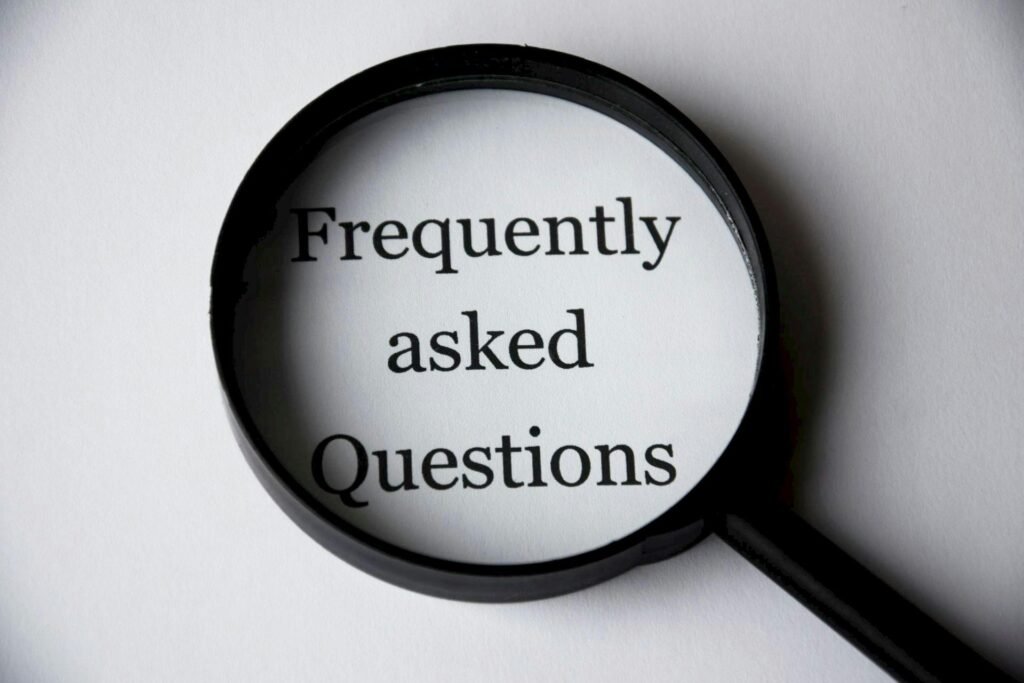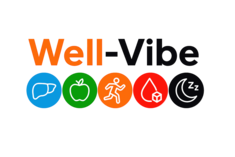Do you remember the days when treating diabetes meant multiple daily finger-prick tests and guesses about your blood glucose levels? Those days are fast being left behind. CGM Systems (Continuous Glucose Monitoring Systems) are revolutionary technologies of particular importance to diabetes patients. The new CGM Systems give real-time glucose data, affording you unprecedented control and confidence in your diabetes management process.
For all of us entering our golden years, the risk of unpredictable blood sugar swings can be intimidating. Whether you are a grandparent worried about the threat of hypoglycemia at special events with your grandchildren, or you are someone navigating the complex equation of the aging-related shift in your health with diabetes, CGM technology delivers reassurance and empowerment.
How do Continuous Glucose Monitors Work
CGM Systems are a game-changer in glucose monitoring, unlike the standard blood glucose meter, which needs finger pricking. The sophisticated device continuously checks glucose in your interstitial fluid, the fluid that surrounds cells.
There are three key components in the system:
- A tiny sensor that is inserted just under your skin
- A transmitter that sends data wirelessly
- A smartphone app or receiver that displays your readings
The sensor, typically worn on the arm or abdomen, takes measurements every few minutes, 24/7. What that means to you is that you receive a complete view of your glucose patterns, including nighttime trends that were previously unknown.
CGM Systems measure glucose levels from the interstitial fluid, not directly from the blood. This creates a slight delay, usually 10-15 minutes, between changes in blood glucose and what the CGM shows. It is crucial to be aware of this lag to make informed decisions about diabetes care.
Life-Changing Benefits That Matter at 50+
prevent the perilous highs and lows that are particularly risky in older adults.
Immediate Health Benefits:
- Early warning signs of impending hypoglycemia or hyperglycemia
- Reduced need for painful finger sticks (though occasional recalibration may be required)
- Enhanced sleep quality in the confidence that nighttime glucose issues will be flagged
- Improved HbA1c levels and time spent in target glucose range
Recent research from PubMed Central further supports these benefits. A retrospective study in 2024 demonstrated the need for improved glycemic control with the use of CGM devices. Another real-life evidence from JMCP, a large-scale study, demonstrated that the initiation of CGM corresponded with A1c improvements of clinical significance as well as decreased utilization of healthcare resources.
- Peace of mind for you and your loved ones
- Sharing of data with family members or caregivers
- Increased confidence in daily life and travel
- Data-driven insights for better exercise timing and meal planning
CGM Systems also provides invaluable information for healthcare providers, enabling more personalised treatment adjustments based on real-life glucose patterns rather than isolated readings.
Continuous Glucose Monitors: Challenges and Limitations
While CGM Systems offer a lot of benefits, it’s important to understand their limitations. Cost remains a significant barrier, as not all insurance plans cover these devices. For people on fixed incomes, this can create difficult decisions about prioritising diabetes care.
Tech-Limitations to Consider:
- These sensors typically need replacement every 7-14 days
- Fast glucose changes can compromise accuracy
- Potential skin irritation from adhesives
- Need to avoid certain medications that may interfere with readings
Practical Considerations:
- Learning curve for interpreting trends and alerts
- Potential alarm fatigue due to repeated notifications
- Concerns about data security and privacy
- Dislodgement of the sensor during exercises
CGM Systems also require some lifestyle adjustments. The device is visible and must be protected during bathing or swimming, which some people find inconvenient initially.
How CGM Systems Support Nutrition
One of the most compelling uses of CGM Systems is in learning how various foods impact your glucose. Nutrition Timing can be adjusted to maximize the benefits possible. Real-time feedback can transform your approach to meal planning, as well as your portion control.
Foods that help stabilize blood sugar:
- Higher-fiber fruits such as apples, bananas, and oranges
- Lean proteins like chicken, fish, and tofu
- Whole grains like quinoa, brown rice, and oats
- Healthy fats from avocados, nuts, and olive oil
- Low-glycemic fruits such as berries, apples,
CGM Systems will show how your body reacts to individual foods at different times of the day. Your morning glucose rise will be less sharp after eating oatmeal compared to toast, and adding protein at lunchtime helps ward off evening spikes.
The technology also helps identify problematic combinations. Many people find that pasta with marinara sauce creates different glucose patterns than pasta with meat sauce, insights that finger stick testing cannot provide
CGM For Hypoglycemia Control
Hypoglycemia (low blood sugar) poses serious risks, including falls, confusion, and cardiovascular complications. CGM Systems are perfect for offering early alerts before the onset of dangerous lows occurs.
Early Warning Signs CGMs Detect:
- Rapid downward glucose trends
- Approaching low glucose thresholds (typically 70 mg/dL)
- Overnight hypoglycemia when you’re most vulnerable
- Post-exercise lows that might occur hours later
Immediate Response Strategies:
- Keep fast-acting glucose tablets or gel readily available
- You can use the 15-15 rule: consume 15 grams of fast-acting carbohydrate, wait 15 minutes, and reassess
- Inform family members or caregivers of patterns of frequent lows
- Work with your healthcare provider to adjust medications if needed
CGM systems can tell the difference between real low blood sugar and symptoms that seem like it but are caused by something else. This helps avoid unnecessary treatment and reduces worries.
Is CGM Worth It
CGM Systems benefit several groups; the most significant benefits are for people who are looking for improvements in their diabetes control and quality of life
Best Candidates for CGM Technology:
- Adults with Type 1 diabetes using insulin therapy
- People with Type 2 diabetes on multiple daily insulin injections
- Anyone with frequent or severe of hypoglycemia
- Those with hypoglycemia unawareness
- Active patients who need to monitor glucose during exercise
- Those with diabetes complications that make finger sticks difficult
Special Points for People Over Age 50:
- Deteriorating eyesight is making standard meter readings challenging
- Arthritic conditions or dexterity issues with finger stick ability
- Several medication regimens with precise glucose measurement requirements
- Family members or caregivers who wish for remote monitoring capabilities
CGM Systems are currently being marketed over the counter, so people with prediabetes or even those wanting a healthy metabolic condition can also benefit.
New Developments in CGM Technology
CGM Systems keep improving, with promising innovations in the pipeline. Longer wear times are becoming a reality, with next-generation sensors now able to be worn for up to 30 days. Accuracy improvements mean fewer calibrations and more reliable readings during exercise or illness.
Following a comprehensive umbrella review of systematic reviews in 2024, a PubMed study determined that CGM leads to better clinical outcomes compared with standard blood glucose monitoring, with moderate certainty. There is support for broadening CGM usage among insulin-treated patients to all people with Type 2 diabetes.
Integration with artificial intelligence promises predictive analytics that could forecast glucose trends hours in advance. CGM Systems are also expanding beyond diabetes control, with applications in general wellness and preventive health showing promising results.
Over-the-counter availability is levelling the access field, making continuous glucose monitoring available to more people regardless of the type of diabetes or insurance coverage
How to Choose Your CGM Systems
Getting started with CGM systems can be challenging, but the rewards are well worth it. Discuss your options with your doctor, and think about your budget, lifestyle, and diabetes needs.
- Research insurance coverage options and patient assistance programs
- Select a device with a technology level you can be comfortable with
- Plan for the adjustment period as you learn to interpret data
- Schedule follow-up appointments for improving your CGM experience
Remember that CGM Systems are tools to enhance, not replace, your connection with your healthcare team. The data they provide enables more informed conversations and personalized treatment adjustments.
Best CGM Systems 2025
With existing technology and user reviews, three CGM Systems are highly recommended
Dexcom G7
Enjoy 10-day wear time with exceptional accuracy without calibration. Rapid 30-minute warm-up with customizable alert functionality makes it ideal for busy lives. Smart alerts know the difference between critical and daily alerts.
FreeStyle Libre 3
Offers an impressive 14-day sensor life at a cost-effective price range. Scan-based system provides on-demand readings with fewer alarms, a good option for users with a non-intrusive preference. Read more about FreeStyle Libre 3 here
Medtronic Guardian 4
Works perfectly with insulin pumps for those with automated insulin delivery systems. Predictive alerts prevent glucose excursions even before they occur.
Each CGM Systems product features compatibility with smartphones, caregiver sharing, and comprehensive data analysis to support informed decisions in diabetes care.
Using CGM Systems Technology For Better Health
CGM Systems are more than technical progress; they provide freedom, protection, and enhanced quality of life for people with diabetes. Like any new treatment, there are some challenges. But for most people, the benefits of real-time glucose monitoring are greater than the problems.
As we grow older, diabetes management becomes much more complicated, but CGM Systems make it simple while still giving you great health information. Always being able to know you’ll get alerts for potentially dangerous glucose readings, in addition to being able to share information with loved ones, makes these products worth the investment in your future well-being and independence.
Start managing your diabetes today. Talk to your doctor about CGM systems to see if they are right for you. Your future self will thank you.
Frequently Asked Questions About CGM Systems

Can I shower or swim while wearing a CGM sensor?
Yes, most CGM Systems are Waterproof and designed for everyday activities such as showering, bathing, and swimming. Dexcom G7 and FreeStyle Libre 3 can be submerged for a maximum depth of 3 feet for up to 30 minutes. You must also avoid hot tubs, saunas, or extremely hot showers since extreme temperatures can impact sensor performance. Always consult your specific device’s water resistance level.
Do CGM systems hurt when inserted?
First sensor insertion requires a quick pinch, like a tiny injection, but is typically less painful than daily finger sticks. The sensors use very thin filaments (thinner than most injection needles). They are inserted automatically by the device applicator. During insertion, there is typically little, if any, discomfort during the 7-14-day wear period. Most users report little to no discomfort during the 7- to 14-day wear period.
How much do CGM systems cost and does insurance cover CGM for type 2 diabetes
Typically costs $200-400 per month without insurance. Most insurance plans, including Medicare, now cover CGMs for people with diabetes who meet specific criteria (usually insulin users or those with frequent hypoglycemia). Coverage varies by plan, so check with your insurance provider. Patient assistance programs and manufacturer discounts are typically available for those with limited coverage
Can family members or caregivers monitor my CGM readings remotely?
Yes, all major CGM Systems provide data-sharing features, allowing up to 10 followers to track your glucose remotely with the help of a smartphone app. It is especially worthwhile for older adults, as children or spouses can be alerted to potentially life-threatening situations with highs or lows even when they’re not physically present. You are entirely in charge of who can see your data and can suspend sharing privileges at any moment.
Join our community here for weekly science-backed health tips, free meal plans, and carefully curated product recommendations delivered straight to your inbox!
Disclaimer:
This blog post is for informational purposes only and is not intended as medical advice. Always consult with a qualified healthcare professional before making any changes to your diet, exercise routine, or healthcare plan. The information provided is based on personal research and experience and may not apply to everyone



